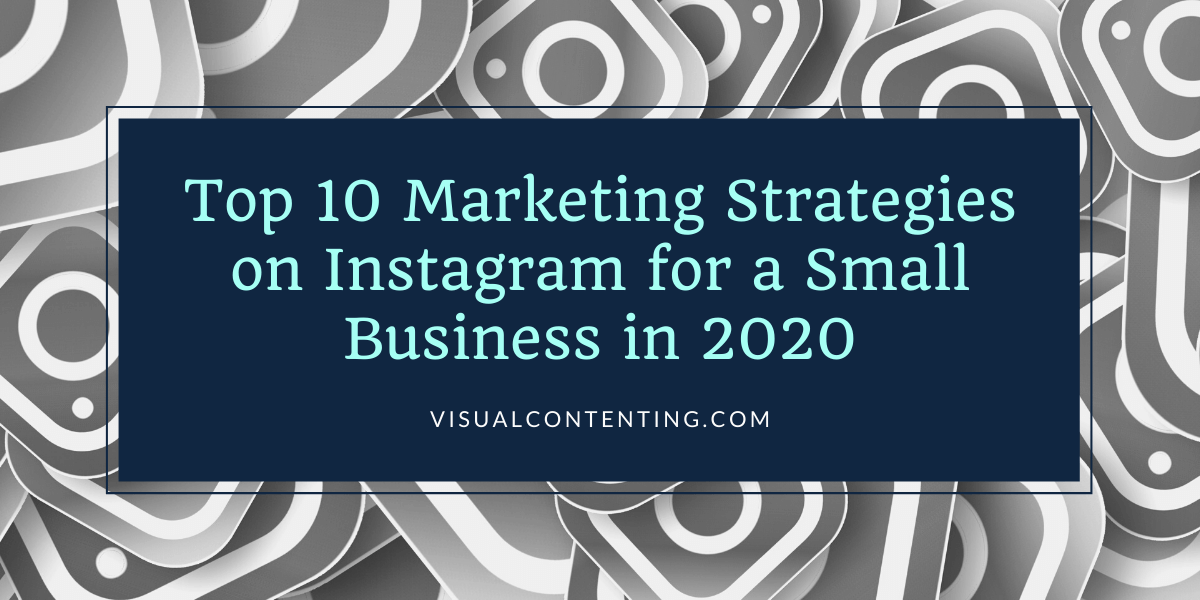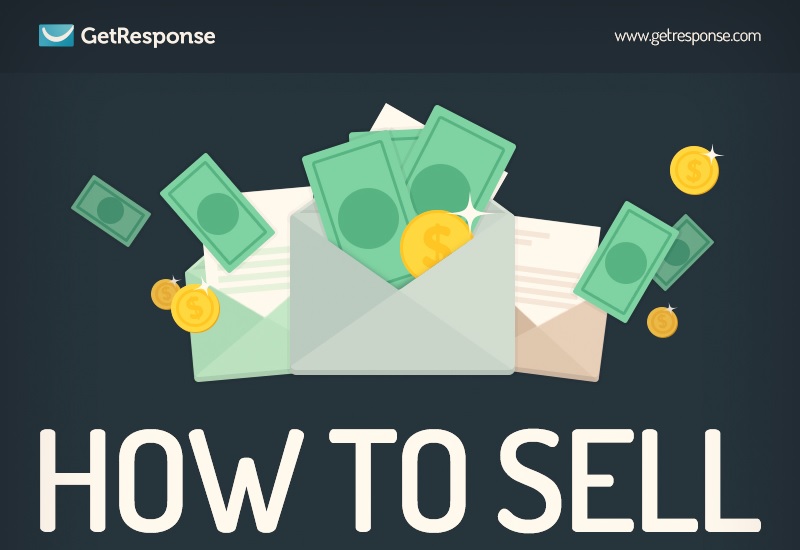Digital marketing trends are constantly evolving, especially as business landscapes and technologies advance. As a result, companies have to adapt to online business models to continue meeting user expectations. With this in mind, marketers are leveraging more data in order to thrive in this digital age.
In fact, businesses that use data-driven marketing strategies generate five to eight times higher returns on investments than businesses that don't.
So, what are the insights you'll need to drive data-focused marketing efforts? What are the current trends, and how should you create your campaign strategy?
What Insights Do You Need for Data-Driven Marketing?
Data is essential to making well-informed decisions and building effective marketing campaigns. Marketers are shifting from third-party to first-party data for more insightful and valuable information. To get the most out of marketing with data, below are various insights to leverage in 2022:
- CRM data: Customer relationship management tools can streamline customer insights across all mediums onto one platform. It enables you to segment your target audiences based on their interactions and create customized buyer journey experiences.
- Web analytics data: You can use tools like Google Analytics to capture consumer-website interactions.
- Mobile app data: Like your website, use your mobile app to gather deep insights. Google Analytics 4 helps you learn about how users interact with your app so you can optimize the app's performance and personalize user experiences.
- Transaction data: Understanding consumer purchases helps predict future purchases and allows you to tailor their experience.
- Call tracking and conversation intelligence data: It's critical to understand how customers engage with you over the phone. Call tracking and conversation intelligence track conversations to analyze buying intent, urgency, and whether it converts.
You can understand data better by using data visualization. Data visualization maps out specific data to give you a visual context for your customer interactions. It's perfect for creating reports and translating large and complex datasets for summarization.
10 Data-Driven Marketing Trends for 2022
Many marketing experts agree that data-driven marketing is vital to meeting consumer expectations. Below are the most important trends to consider when creating your strategy.

1. Privacy Restrictions Shift Marketers to First-Party Data Use
Privacy regulations like GDPR and the California Consumer Privacy Act force marketers to rethink their ability to capture third-party data.
As data capture is limited, you'll have to assess the impact on your advertising. For instance, many marketers are turning to first-party data, which is data they've collected from their own audience. Since restrictions continue to tighten, first-party data may be the only solution to digital marketing.
2. The Buyer Journey Is More Comprehensive Than Before
Today's consumers have higher expectations, making the customer journey more complex than ever before. It's critical that you approach all touchpoints within the buyer journey to deliver a personalized purchase experience. Without this, your company risks the loss of revenue.
A data-driven strategy is the best approach. It delivers a seamless brand experience and unifies individual channels.
More importantly, you need to understand which marketing channels and touchpoints work for your business. There are various forms of brand interactions in the customer journey.
Consider which marketing programs are making the most impact on revenue. That way, you can make more investments in every one of them.
3. Algorithms Drive Digital Marketing
Every element of digital marketing – like search engine optimization, email, and social ads – is becoming more algorithm-driven.
What this comes down to is the user experience. The algorithms are optimized for this, so it's essential that you provide a user experience that customers want.
Create a data-driven strategy by focusing on how the algorithms operate. In turn, your content becomes more visible, and customers are more likely to engage with your brand.
4. Customer Loyalty Is Taking More Effort
Customers are warier about which brands they buy from today. In 2022, marketers have to ensure they're delivering a customizable and seamless experience. Otherwise, customers are quick to move on to a competitor.
It only takes one bad brand experience for a customer to move on. For instance, a customer support call can make or break customer loyalty. If you're quick to meet your customers' needs, they'll be more likely to stick to your brand.
5. Marketing Automation and AI Enhance the Customer Experience
Marketers are scaling personalization by depending on AI (artificial intelligence) and automation. AI takes much of the work out of digital marketing as marketers become increasingly strategic.
With AI technology, marketers can optimize ad bidding, target audiences, and receive personalized web experience and sales call insights.
To continue scaling, assess your options and think strategically to focus on what is truly driving business growth.
6. Augmented and Virtual Reality Create Immersive Brand Experiences
VR (virtual reality) and AR (augmented reality) assist people in exploring life-like shopping environments. With VR technology, users can view 3D images with specialized hardware. AR can also deliver a real-world experience through enhanced visual, touch, and smell factors.
Both technologies offer a unique experience and provide many opportunities to gather consumer data. Consider using either technology to optimize your digital marketing strategies.
For example, Toms Shoes uses VR marketing strategies to educate people about its brand values. The founder essentially takes viewers to a Peruvian elementary school and demonstrates the shoe distribution process with its Virtual Giving Trip. This experience gives Toms valuable data on consumer engagement and helps with future VR marketing strategies.
7. Social Listening Provides Additional Insights
Social listening involves monitoring online spaces to gather data about a specific topic or variety of issues. Most brands utilize social listening to learn about consumers' perspectives of themselves, their competitors, and their industry.
Additionally, you can use social listening to discover influencers and brand ambassadors to expand your reach. Likewise, social listening provides additional insights with first-party data.
Take advantage of online spaces to practice social listening. By understanding customers' interests, you can leverage the data to improve consumer engagement.
8. More Companies Focus on Audio and Visual Content
Many businesses use social media such as Facebook, Twitter, LinkedIn, and Instagram to share their branded and user-generated content. Yet, marketers are also expected to invest more money on short-form videos this year.
More than 31% of digital marketers are investing in short-form video and find it to be more effective than long-form. This is possibly due to users having short attention spans.
If you plan to focus on video content this year, use data and machine learning to understand consumers' interests. In time, this will help you place the right videos in front of the right audiences.
Similarly, audio content allows companies to produce stronger connections with their customers. Audio content can help you gain user insights and position your brand as an industry leader. Moreover, you appear more approachable simultaneously.
Use data to refine your audio content strategies. Then you can determine which guest speakers and topics generate the most brand awareness and engagement.
9. Personalization With Zero-Party Data
Drive customer retention and brand loyalty with personalization. Marketers incorporate it by segmenting their audience to understand them as individuals with their own preferences and buying behaviors.
To incorporate personalization, your brand should go beyond capturing first-party data and gather zero-party data.
Companies that collect zero-party data use surveys, quizzes, reviews, polls, and online engagement. By asking the customer to provide their information, brands can better understand their needs.
However, it's important to include incentives to encourage users to give their information. Some companies offer free products or discount codes as a token of appreciation.
Zero-party data is excellent for creating customer profiles, driving personalization efforts, and nurturing brand loyalty.
10. Scarcity and Loss Aversion Tactics
The scarcity strategy involves consumers wanting a specific product or service because of its exclusivity. People place a higher value on products that are challenging to obtain.
Similarly, loss aversion is a belief that people care more about avoiding loss than acquiring a gain. This is also known as the fear of missing out.
Marketers use these tactics to get consumers to register their information for exclusive rewards. Or they include limited-time offers to encourage brand engagement and product purchases.
Your brand can use its data to determine which incentives drive enhanced engagement and conversions.
Capturing Data to Drive Your Marketing Strategies
The primary resources for effective marketing strategies are zero-party and first-party data. Both can help your brand drive omnichannel strategy, connections, and brand communities. Furthermore, they enable you to take advantage of technologies and develop personalized marketing efforts. Without it, your business would not understand buyers’ behaviors and may not meet users’ expectations.
Related Posts
Devin Partida writes about topics concerning tech and the internet. She is also the Editor-in-Chief of ReHack.com.







